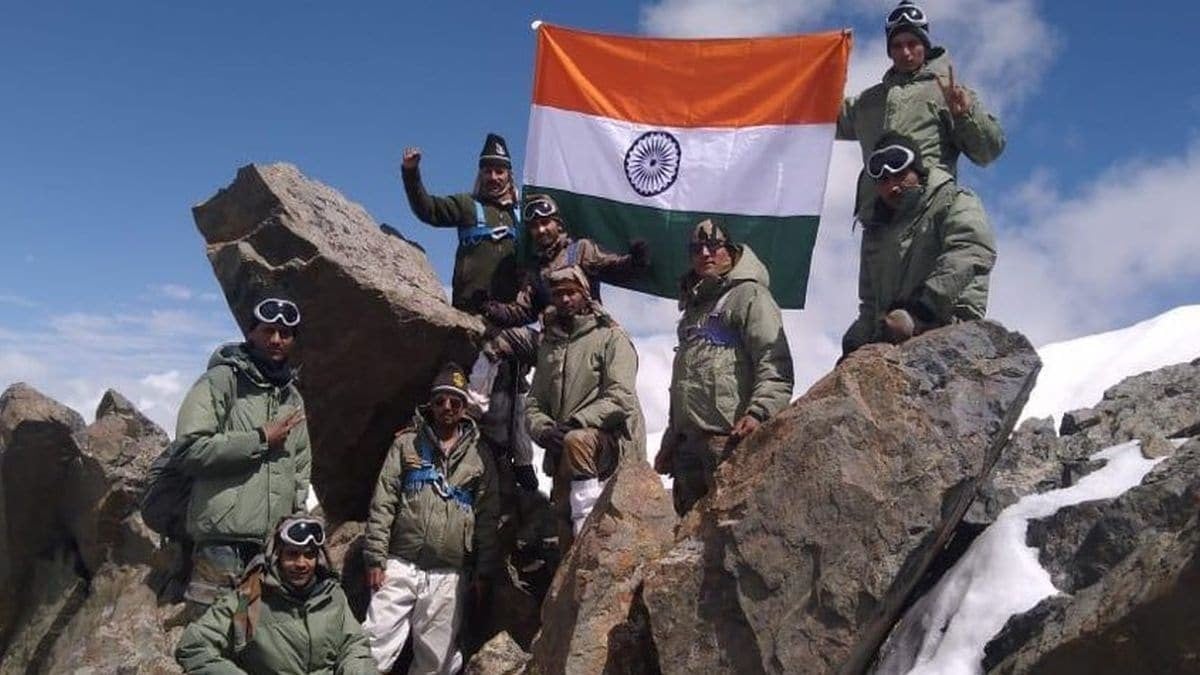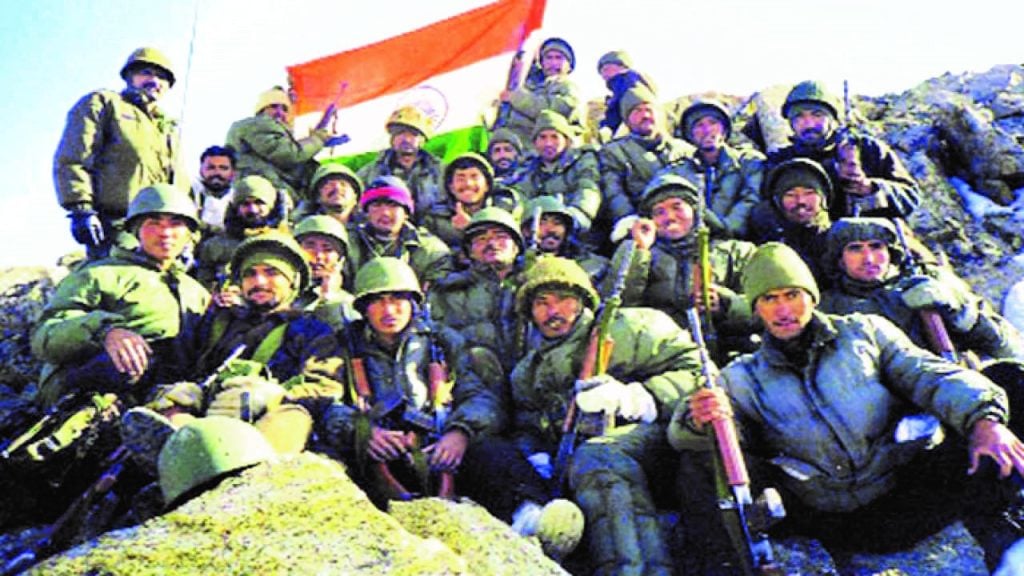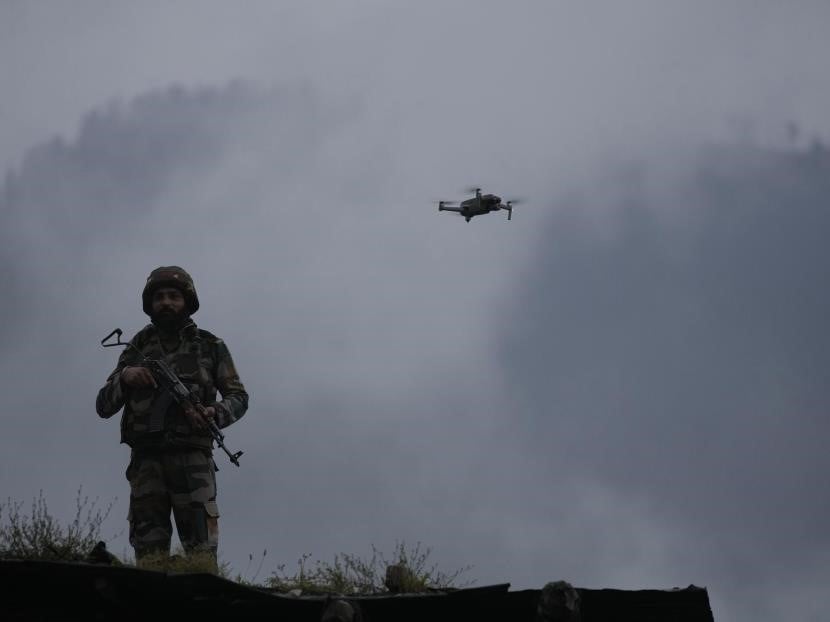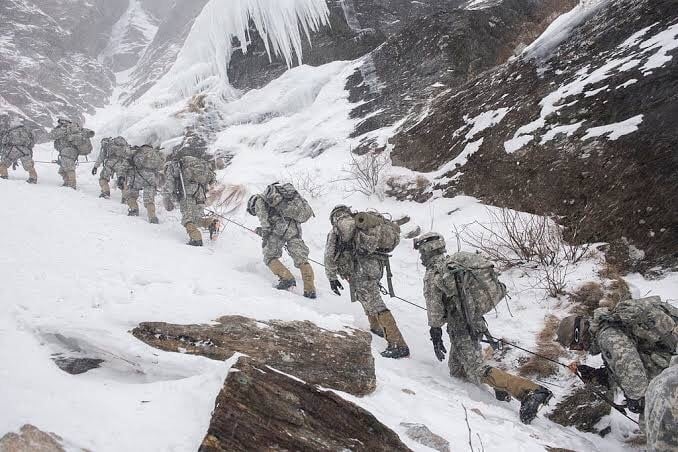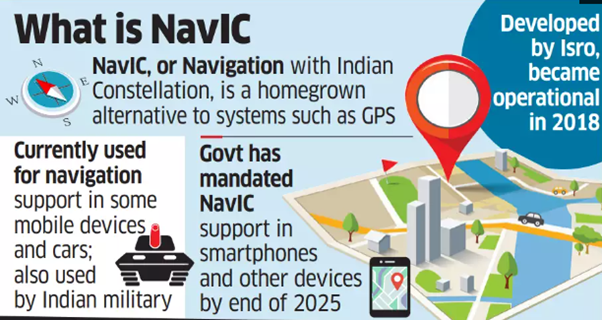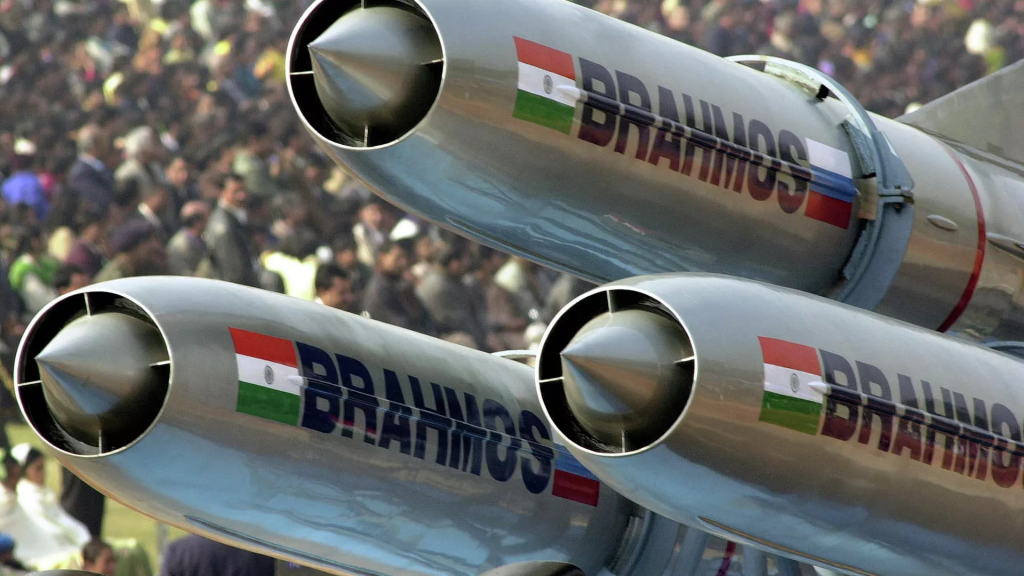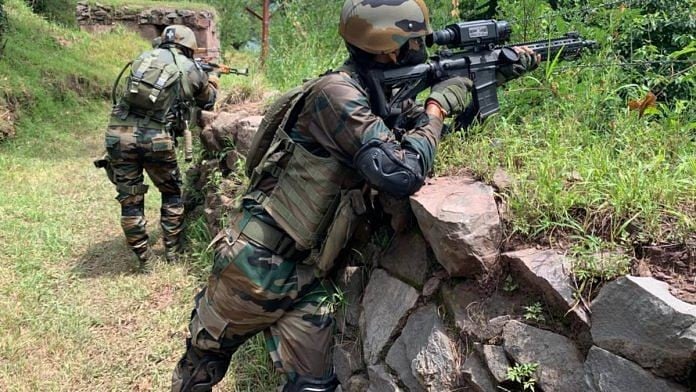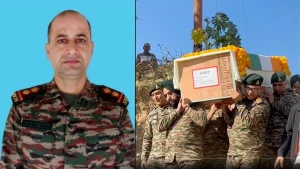The Kargil War of 1999 was a pivotal moment in the history of the Indian subcontinent, leaving an indelible mark on the security dynamics of the region. This short yet intense conflict between India and Pakistan served as a harsh wake-up call, shattering any illusions of lasting peace and forcing both nations to critically evaluate their military strategies and preparedness.
It is crucial to revisit the key lessons that emerged from the Kargil conflict and examine how they continue to shape the defense and security landscape today. This article delves into What the Kargil War Can Teach Us Today.
Importance of Robust Intelligence Gathering
One of the most significant takeaways from the Kargil War was the importance of effective intelligence gathering and analysis. The initial Pakistani infiltration and occupation of strategic heights in the Kargil region caught the Indian civilian and military administration completely off guard, as none of the intelligence agencies could predict the magnitude of the invasion. This intelligence failure highlighted the need for a more comprehensive and proactive approach to monitoring the borders and potential adversarial movements.
In the aftermath of the Kargil War, India has made substantial investments in strengthening its intelligence capabilities. The country has enhanced its surveillance and reconnaissance assets, including the deployment of advanced aerial platforms like drones and aircraft, to maintain a constant vigil along the Line of Control (LoC) and other strategic frontiers. Additionally, the integration and coordination between various intelligence agencies, such as the Research and Analysis Wing (RAW) and the Intelligence Bureau (IB), have been significantly improved to ensure timely and accurate information-sharing.
21-Gun Salute Drill by Indian Army Before Independence Day
Adaptation to Mountain Warfare
The Kargil War unfolded in a harsh and unforgiving high-altitude environment, presenting unique challenges for the Indian military, which was traditionally equipped and trained for combat in the plains. The rapid deployment of troops from the Kashmir Valley to the Kargil sector, without adequate acclimatization and specialized gear, resulted in significant initial setbacks for the Indian forces.
This experience highlighted the critical need for the Indian military to develop specialized mountain warfare capabilities. In the aftermath of the conflict, the armed forces have invested heavily in improving their training, equipment, and tactics for fighting in the treacherous terrain of the Himalayas. Soldiers now undergo rigorous acclimatization processes and are equipped with specialized cold-weather gear, climbing equipment, and weaponry suited for high-altitude operations.
Moreover, the Indian Army has established dedicated mountain warfare training centers, such as the High Altitude Warfare School in Gulmarg, to ensure that its personnel are well-prepared for the challenges of combat in the mountains. This focus on developing niche mountain warfare expertise has significantly enhanced the Indian military’s ability to respond effectively to any future incursions or conflicts in the region.
Technological Modernization and Self-Reliance
The Kargil War exposed certain weaknesses in the Indian military’s equipment and capabilities, particularly in areas like night-fighting, precision-guided munitions, and communication systems. The slow pace of military modernization and the reliance on imported equipment made it challenging for India to respond swiftly and effectively during the initial stages of the conflict.
In the aftermath of the Kargil War, India has made a concerted effort to modernize its armed forces and enhance its technological capabilities. Significant investments have been made in acquiring advanced weapons systems, communication networks, and surveillance technologies. The country has also placed a greater emphasis on developing indigenous defense capabilities, reducing its dependence on foreign suppliers and ensuring self-reliance in critical areas.
The establishment of the Defence Research and Development Organisation (DRDO) and the Integrated Defence Staff have played a crucial role in driving this technological transformation. Projects like the development of the indigenous Brahmos supersonic cruise missile, the Tejas light combat aircraft, and the NavIC satellite navigation system are examples of India’s growing technological prowess and self-reliance in the defense sector.
Importance of Effective Military Leadership and Coordination
The Kargil War highlighted the vital role of strong military leadership and effective coordination among the various armed forces. The bravery and tactical skills displayed by the Indian soldiers on the frontlines were essential, but their success was also dependent on the strategic decisions made by the military leadership.
During the Kargil conflict, the Indian military demonstrated its ability to conduct tri-service operations, even in the absence of a formal tri-service doctrine. The seamless integration and coordination between the Army, Air Force, and Navy proved crucial in reclaiming the occupied territories and denying Pakistan’s objectives.
In the aftermath of the war, the Indian armed forces have continued to emphasize the importance of joint operations and inter-service cooperation. The establishment of the Chief of Defence Staff (CDS) and the creation of the Department of Military Affairs have further strengthened the integration and synergy among the different branches of the military.
The Meaning Behind Beret Colors in India’s Military
Diplomatic and Regional Implications
The Kargil War had significant diplomatic and regional repercussions, underscoring the need for continued dialogue and confidence-building measures between India and Pakistan to foster regional stability.
Pakistan’s attempt to internationalize the Kashmir issue gained limited traction, as the international community urged both sides to resolve the conflict bilaterally. This experience highlighted the importance of India’s diplomatic efforts in maintaining a strong global narrative and garnering international support during times of crisis.
The Kargil War further strained the already tense India-Pakistan relations, emphasizing the need for sustained engagement and the establishment of effective communication channels between the two nuclear-armed neighbors. The conflict also prompted both countries to reevaluate their regional security strategies and explore avenues for conflict resolution and confidence-building.
The Human Cost of War and the Importance of Preparedness
The Kargil War was a brutal conflict that claimed the lives of hundreds of brave soldiers on both sides. This tragic loss of life served as a stark reminder of the devastating human toll of war and the importance of military preparedness.
The Indian soldiers on the frontlines displayed remarkable courage and tactical skill in the face of immense challenges, but their bravery would not have been enough without the strategic leadership and decision-making of the military commanders. This combination of frontline valor and strategic acumen ultimately led to India’s victory in the Kargil conflict.
The Kargil War has left an enduring legacy, shaping military strategy and regional security dynamics in South Asia. By learning from the mistakes of the past and investing in a future of peace and preparedness, India and Pakistan can work towards building a more secure and stable future for the region.
5 Best Military Aerobatic Teams in the World 2024
Conclusion
The Kargil War of 1999 stands as a pivotal moment in the history of the Indian subcontinent, offering a wealth of lessons that continue to shape the defense and security landscape today. From the importance of robust intelligence gathering and adaptation to mountain warfare to the criticality of technological modernization and effective military leadership, the Kargil conflict has left an indelible mark on the region.
It is essential to reflect on the key insights that emerged from the Kargil War and apply them to address the evolving security challenges faced by India and its neighbors. By embracing the lessons of the past and continuously strengthening its military capabilities, India can fortify its position as a regional power and contribute to the pursuit of lasting peace and stability in the subcontinent.
FAQs
1. What did the war in Kargil teach us?
The key lesson India learned from the Kargil conflict is that it is crucial not to compromise on the fundamental needs of national security.
2. What was the main point of Kargil War?
Tololing, a solitary mountain towering at 16,000 feet near Drass, looms large. During the Kargil War, one of Pakistan’s key goals was to block India’s access to the Srinagar-Kargil-Leh highway. Therefore, maintaining control over Tololing was crucial for the Pakistan Army.
3. What is the motto of Kargil War?
Courage, Sacrifice, Victory – A tribute to our heroes on Kargil Vijay Diwas. Their bravery lives on through the ages, with their valor felt in every heartbeat. We honor the unyielding spirit of our soldiers.
4. Who is the real hero of the Kargil War?
Captain Vikram Batra, PVC (September 9, 1974 – July 7, 1999), was an officer in the Indian Army. He was posthumously honored with the Param Vir Chakra, India’s highest and most prestigious award for bravery, for his heroic actions during the 1999 Kargil War in Kashmir between India and Pakistan.
5. What was the Indian strategy in Kargil War?
The Kargil War highlighted the Indian Armed Forces’ resilience, bravery, and strategic expertise. The successful blend of high-altitude combat strategies, efficient artillery and air power usage, and synchronized infantry attacks were crucial to India’s triumph.
